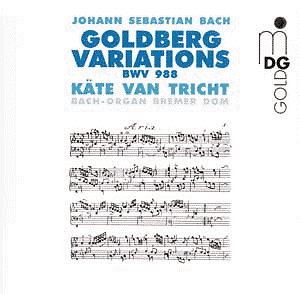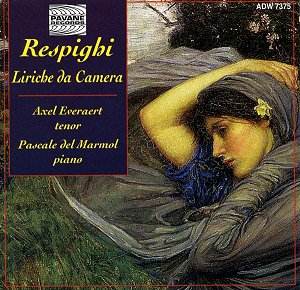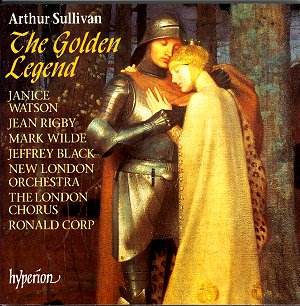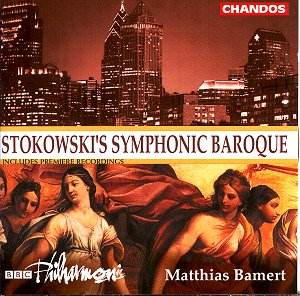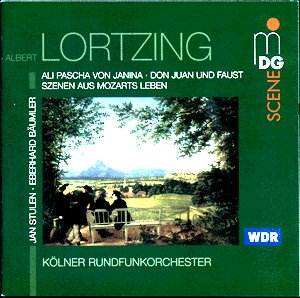 Composer: Albert Lortzing
Composer: Albert Lortzing
Works: Don Juan und Faust (1829), Ali Pascha von Janina (1823/28), Szenen aus Mozarts Leben (1833)
Performers: Gert Westpinal (recitation), Monika Krause (soprano), Friederike Vomhof (soprano), Yvi Jänicke (alto), Karl Fäth (bass), Axel Mendrok (tenor), Karl-Heinz Brandt (tenor), Michael Vier (tenor), Wilhelm Wieben (moderation), Eberhard Bäumler (conductor), Cappella der Nordwestdeutschen Musikakademie Detmold, Köln Rundfunkorchester
Recording: MDG 609 1059-2
Label: MDG
The works collected in this recording offer a fascinating glimpse into the early career of Albert Lortzing, a composer who has often been overshadowed by his illustrious contemporaries. Known primarily for his operettas, Lortzing’s early forays into composition demonstrate a keen engagement with the theatrical tradition of his time and an ambition to create a uniquely German musical voice. The three pieces in this set—Don Juan und Faust, Ali Pascha von Janina, and Szenen aus Mozarts Leben—are indicative of his evolving style and his interactions with the theatrical norms of the early 19th century, particularly the influence of Mozart and Weber.
The performances presented here, particularly in Don Juan und Faust, illustrate Lortzing’s deft ability to blend spoken dialogue with musical interludes, a technique reminiscent of Weber’s Oberon. Gert Westpinal’s recitation is particularly noteworthy, capturing the dramatic essence of Lortzing’s score while effectively navigating the text’s rhythm and phrasing. The orchestral accompaniment, led by Eberhard Bäumler, is vibrant and well-balanced, enhancing the dynamic interplay between the singers and the instrumental ensemble. The Ali Pascha segments shine with a youthful exuberance, revealing Lortzing’s early attempts at operatic form. The duet between Bernier and Arianna (track CD1 tk.11) is a standout moment, showcasing lyrical melodies adorned with rich orchestral motifs that evoke a sense of romantic longing.
Technical aspects of the performance are commendable, though the choir’s thinness at times detracts from the overall sonic tapestry. A fuller choral presence would have provided a more robust foundation for the soloists, particularly in larger ensemble sections such as the festive finale of Szenen aus Mozarts Leben, where the interplay between soloists and chorus is pivotal. The solo performances are generally strong; Klaus Häger’s portrayal of Salieri is authoritative and compelling, while Petra Hasse’s rendition of the lullaby (CD2 tk.8) resonates with a delicate timbre, capturing the emotional weight of the text.
Sound quality is consistently high, with clear separation of voices and instruments, allowing for a nuanced listening experience. The engineering captures the vibrancy of the orchestral textures and the subtleties of individual performances. Compared to other recordings of Lortzing’s works, this set offers a deeper insight into his developmental period, shedding light on the stylistic influences that shaped his later successes in operetta.
The musical choices Lortzing made in these early works reflect a composer experimenting with his identity, navigating the legacy of established masters while forging his own path. This recording not only highlights his craftsmanship but also documents a significant period in his compositional evolution. The clear lineage from Lortzing’s incidental music to his more famous operatic works becomes evident, illustrating how these early pieces laid the groundwork for his future innovations.
This collection offers an engaging and informative exploration of Lortzing’s early works, showcasing a composer in transition and a repertoire that deserves greater recognition. The performances, while not without their shortcomings, illuminate the charm and complexity of Lortzing’s music, making this recording a valuable addition to the catalog of early Romantic German theater.
